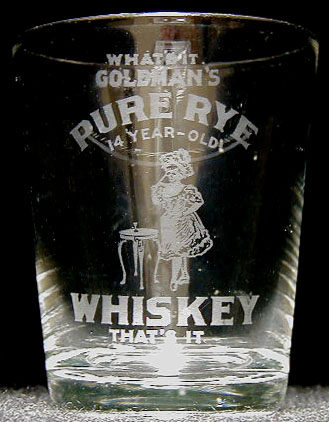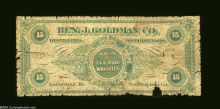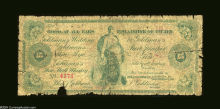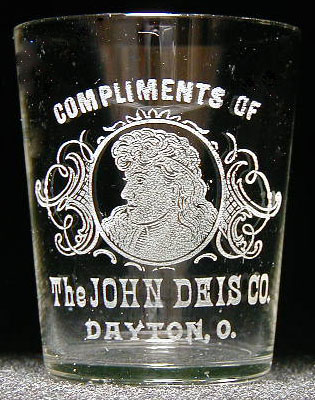|
Vol. 7, No. 3, Wednesday March 29, 2013 |
|||||
|
|||||
| by dick bales | |||||
In 1928 and 1929, The Atlantic magazine published a series of articles relating to the so-called “Minor Collection”—a collection of documents relating to Abraham Lincoln, which included three letters detailing the relationship between Lincoln and Ann Rutledge. Before publishing the letters, the editor of The Atlantic first received assurances from writer Carl Sandburg that the letters were authentic. Unfortunately for Sandburg’s credibility, the letters were fake, and the April 1929 issue of The Atlantic featured historian Paul Angle’s methodical debunking of the letters. Angle used both external criticism and internal criticism in analyzing the letters. External criticism relates to the letters themselves—for example, was the ink of the type used in the middle1800s? Was the paper proper to that time period? Internal criticism concerns the content of the letters. These two types of criticism can be similarly applied to an analysis of this shot glass. External Criticism But what may be determining is the crudeness of the lettering. As can be seen in the glass, there is considerable “bleeding” around the “What’s it/Goldman’s” lettering. Furthermore, the letters in “Pure Rye” are of varying widths. For example, look at the “E” in “Pure”—the vertical portion of the letter “E” is unnaturally thicker than the letter’s three horizontal bars. Compare the “R” in “Pure” to the “R” in “Rye.” The two letters are so dissimilar, they might as well be of two different fonts. Internal Criticism
Nonetheless, the image on the Goldman glass just seems wrong in that the picture’s size and shape don’t fit the glass. The standing woman and the tall table together create a narrow, vertical illustration that leaves empty space on either side of it. Furthermore, the glass on the table appears to be a stemmed wine glass, not a whiskey glass. A wine glass appearing on a shot glass advertising rye whiskey is not only incongruous, it is unthinkable. Conclusion |
|||||



